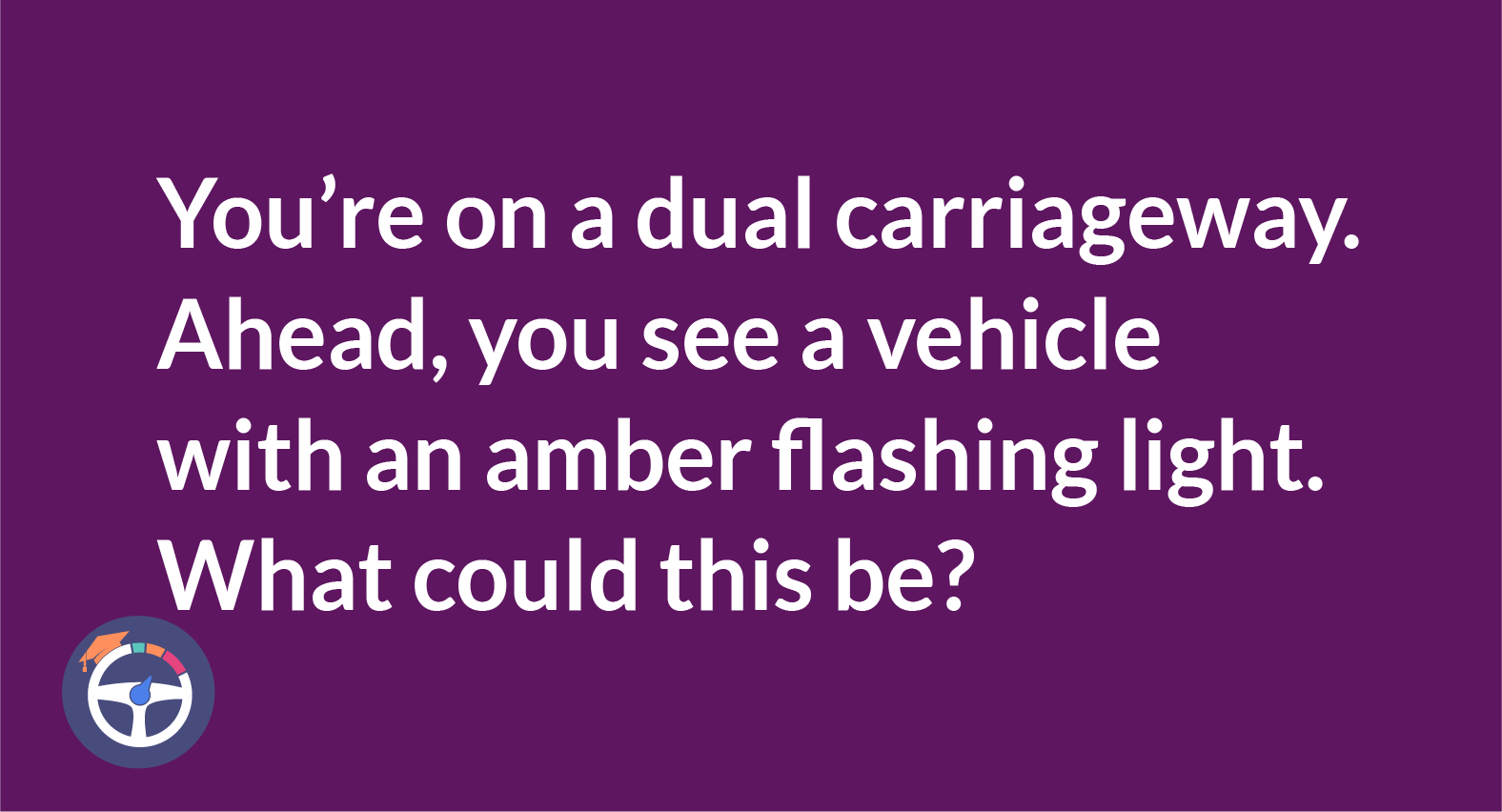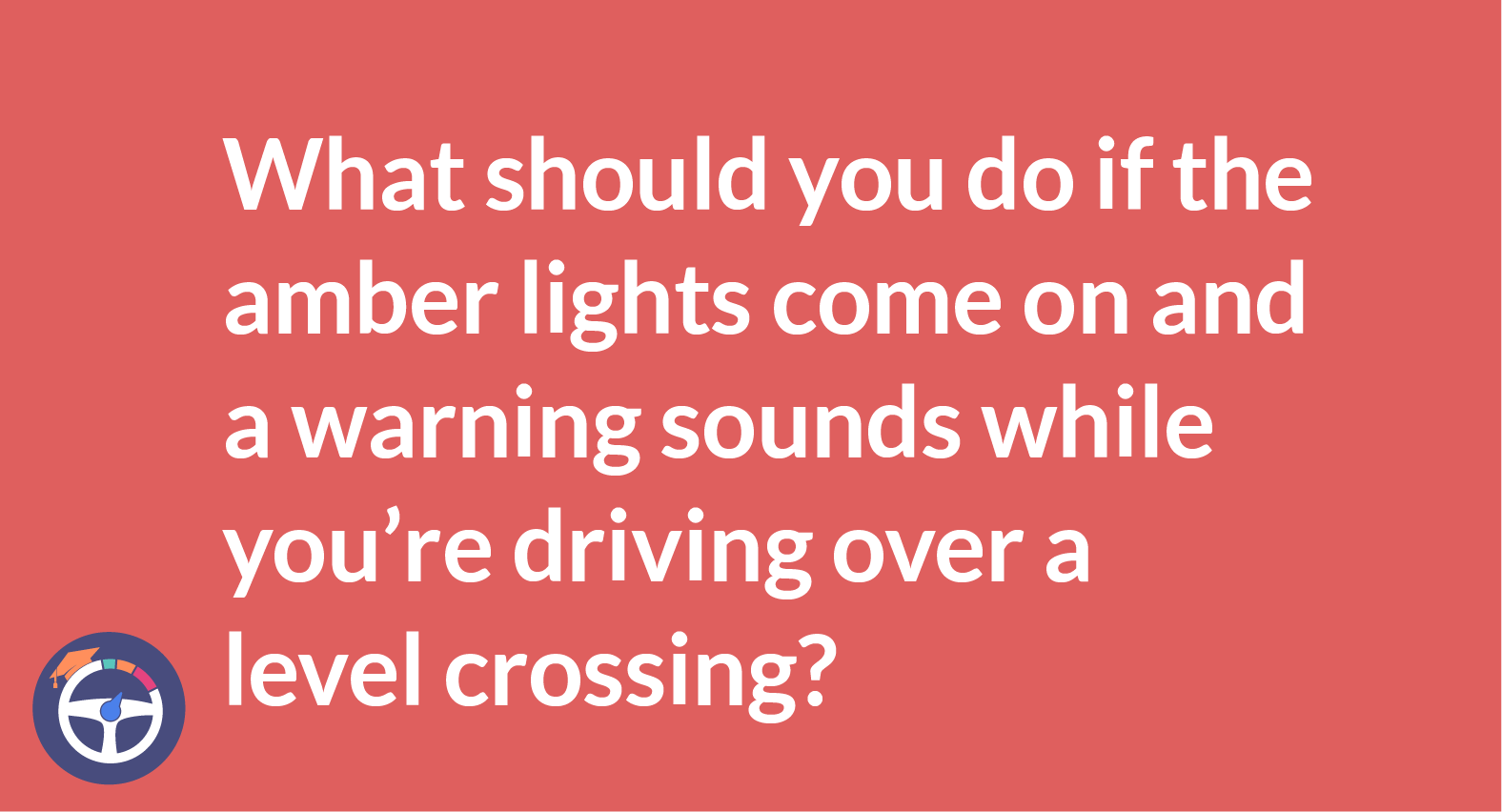What Is The National Speed Limit In The UK - Know the Laws
By Umm e Hani on May 07, 2024Contents
- What's The Need For Speed?
- The National Speed Limit
- Beyond the Basics
- What Are The Penalties For Exceeding Speed Limits In The UK?
- Bonus Tips
- FAQ
Driving is an exciting adventure. This is crucial, especially for new drivers. They are eager to explore the beautiful landscapes and vibrant cities of the United Kingdom. However, ensuring a safe and enjoyable journey requires understanding the national speed limits. These speed limits govern different types of roads. In this guide, we'll break down the speed limits for single carriageways, dual carriageways, and motorways. It will provide new drivers with the knowledge they need to confidently navigate the roads.
What's The Need For Speed?
Motorways and dual carriageways are where you can let loose a bit, with a national speed limit of 70 mph (112 km/h). Picture the Autobahn vibes, but with a distinct British charm. It's the perfect opportunity to let your car stretch its legs. But remember, dual carriageways require that central barrier for the 70 mph limit to apply.
The National Speed Limit
1. Motorway & Dual Carriageway
These are the open-road heroes where you can give your car a bit of a workout, but not too much! The national speed limit here is a comfortable 70 mph (112 km/h). Think of it like the Autobahn, but with a British twist. Just remember, dual carriageways need a central barrier to qualify for this speedy zone. Look for two lanes separated by a grassy strip.
2. Single Carriageway Cruise
Picture classic one-lane-each-way roads winding through the countryside. Here, things slow down a bit, with a national speed limit of 60 mph (96 km/h).
3. Built-Up Area Stroll
In bustling towns and cities, the pace chills out even more. The national speed limit in built-up areas is a gentle 30 mph (48 km/h) in England, Scotland, and Northern Ireland. In Wales, it's even more cautious at 20 mph (32 km/h). Think zebra crossings, bustling streets, and maybe the aroma of freshly baked scones – slow down and savor the local flavor!
Beyond the Basics
1. Local Speed Limit
Keep an eye out for posted signs – local speed limits can be different. Whether it's temporary roadworks or school zones, adjust your speed like a chameleon blending into its surroundings.
2. Heavy Vehicle Houdini Act
Big vehicles like trucks and buses have their own speed limits, usually a bit lower than yours. Be patient, give them space, and remember, they're not exactly nimble dancers on the road.
3. Variable Speed Limit
Some motorways have signs that change the speed limit depending on traffic flow. Follow their lead; they'll keep you safe and legal, like a trusty compass in the land of changing currents.
What Are The Penalties For Exceeding Speed Limits In The UK?
Exceeding speed limits in the UK can result in various penalties. It could range from fines to potential disqualification, depending on the severity of the offense. Let's look into the details:
1. Fixed Penalty Notice (FPN)
If you're caught exceeding the speed limit, you may receive a Fixed Penalty Notice (FPN). FPNs typically include a fine and penalty points on your driving license.
2. Variable Penalties
The fines for speeding vary based on the extent to which you exceed the limit. More significant breaches result in higher fines and an increased number of penalty points.
3. Penalty Points
Accumulating penalty points can lead to further consequences. If you accumulate 12 or more penalty points within three years, you may face disqualification.
4. Court Appearance
In cases of severe speeding offenses, you might be summoned to appear in court. The court can impose more severe penalties, including larger fines and longer disqualification periods.
5. Automatic Disqualification
Excessive speeding can lead to automatic disqualification. For example, driving at more than twice the speed limit can result in disqualification.
6. New Drivers
New drivers face stricter consequences. Accumulating six or more penalty points within two years of passing the driving test can lead to license revocation.
7. Legal Costs
If your case goes to court, you may be required to cover legal costs, adding financial strain to the penalties.
8. Insurance Impact
Speeding convictions can significantly impact insurance premiums. Insurance providers may view speeding offenses as increased risk. It could result in higher premiums or even difficulty obtaining coverage.
9. Educational Courses
In some cases, you might not receive penalty points. Instead, you could be given the chance to attend a speed awareness or driver improvement course. This alternative provides an opportunity to enhance your driving skills and awareness. While this doesn't eliminate the fine, it allows you to avoid accumulating penalty points.
10. Impact on Employment
Certain professions, especially those involving driving, may be adversely affected by speeding convictions. Employers may view such convictions as a risk. It can also impact job opportunities or current employment.
The penalties for exceeding speed limits in the UK are diverse. They include fines, penalty points, disqualification, legal costs, and impacts on insurance and employment. It emphasizes the significance of adhering to speed limits. This is crucial for both safety and avoiding severe legal and financial consequences.
Bonus Tips
- Adapt your speed to the conditions – whether it's a foggy morning or heavy rain. A safe driver is a weather-aware driver.
- Avoid distractions like texting and driving. Stay vigilant, like a knight guarding the realm of safe driving.
- Never forget your driving license! And throw in some snacks for your road trip adventure – a happy driver is a well-fueled one.
Remember
Speed limits aren't just numbers on a sign; they're the guardians of safety for you, and everyone on the road. So, buckle up, stay focused, and drive responsibly.
FAQ
1. Do speed limits ever change on a specific road without warning?
Yes, some motorways have Variable Speed Limits that change dynamically based on traffic flow. Keep an eye on electronic signs above the road for real-time updates. These limits are designed to ensure safety during varying traffic conditions.
2. Can I exceed the speed limit to overtake another vehicle?
No, overtaking does not exempt you from adhering to speed limits. Always ensure that you overtake safely within the posted speed limits and return to the correct lane promptly.
3. How do I handle speed limits in residential areas with no posted signs?
In the absence of posted speed limits, default to the national speed limits: 30 mph (48 km/h) in built-up areas, 60 mph (96 km/h) on single carriageways, and 70 mph (112 km/h) on dual carriageways and motorways. Exercise caution and adjust your speed based on road conditions.
4. Are there different speed limits for specific times of day?
In general, there are no specific time-of-day speed limits in the UK. However, Variable Speed Limits on certain motorways can change. It is based on traffic conditions, regardless of the time of day.
5. What is the "two-second rule," and how does it relate to speed limits?
The "two-second rule" is a guideline to maintain a safe following distance from the vehicle in front of you. It becomes more critical at higher speeds. It's good practice to adjust your speed. It will ensure you have at least a two-second gap to react to any sudden changes in traffic.
6. Are there speed limits for specific types of vehicles, such as motorcycles or towing vehicles?
Yes, different types of vehicles may have specific speed limits. For instance, towing vehicles often have lower speed limits than standard cars. Always be aware of any specific speed limits applicable to the type of vehicle you are driving.
7. How can I stay informed about temporary speed limits due to roadworks or special events?
Keep an eye out for temporary signs indicating speed limits in construction zones or areas with ongoing roadworks.
8. Are there speed limits for electric scooters or bicycles on the road?
Electric scooters and bicycles are subject to different regulations. While bicycles generally adhere to road speed limits, electric scooters may have specific rules depending on local jurisdiction. Always check local regulations to ensure compliance.
9. How does weather affect speed limits, and what precautions should I take?
Adverse weather conditions such as heavy rain, fog, or snow can significantly impact road safety. It's essential to adapt your speed to match the conditions and maintain a safe driving distance. Be aware of reduced visibility and slippery road surfaces, adjusting your speed accordingly.


